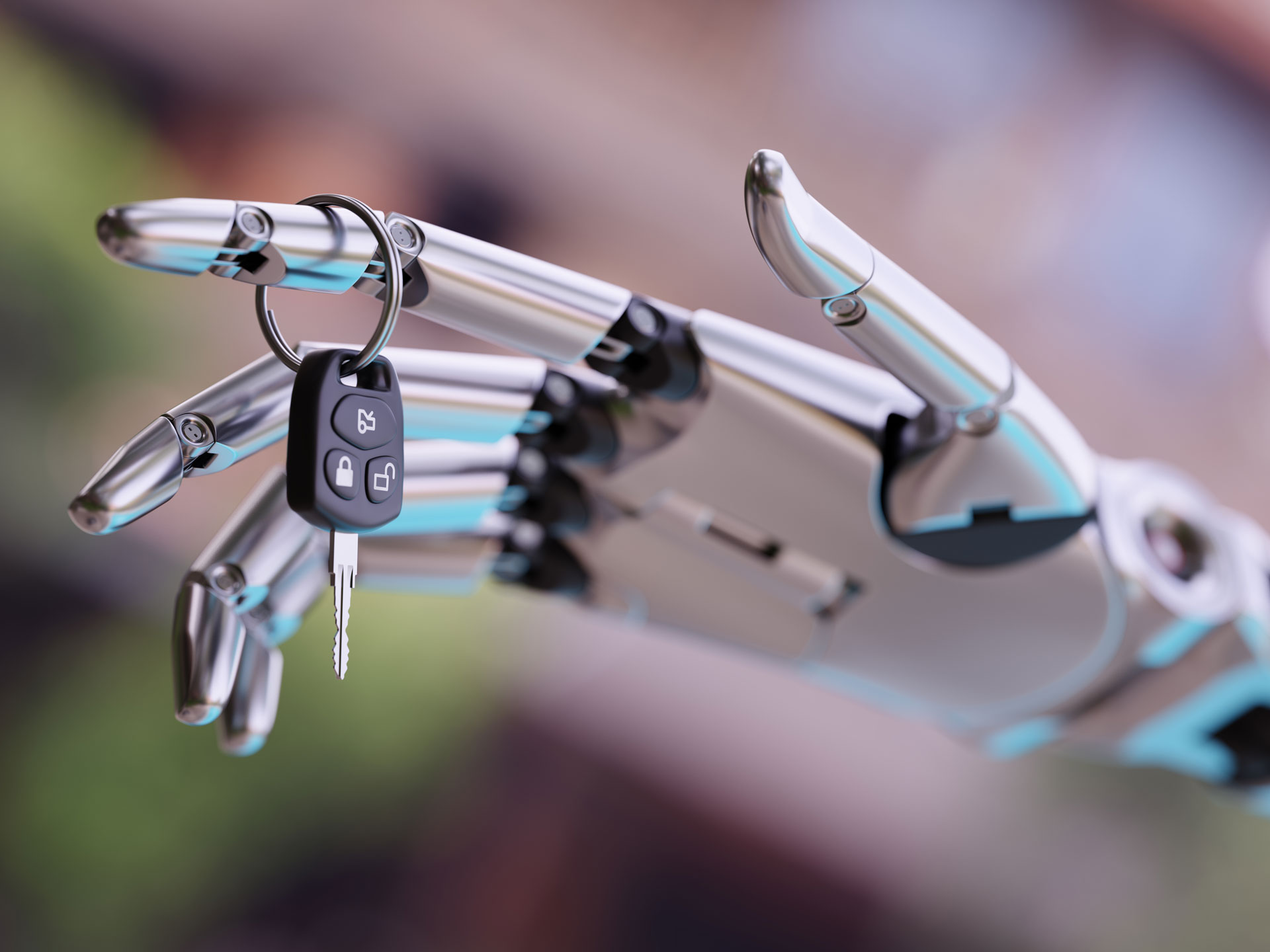The Silicon Valet

In Iron Man, Tony Stark is reliant on Jarvis, his holographic, always-available virtual assistant on everything from passcodes to propulsion. What makes an AI like Jarvis so amazingly handy isn’t just its capabilities but its ability to predict what Tony needs – most of the time even before his needs are expressed.
While today’s car isn’t going to help build a fist-size nuclear fusion reactor anytime soon, it certainly could be a bit more helpful than it is right now. What if, like Jarvis, a car could predict people’s needs and offer helpful, timely suggestions or subtly change its behavior to anticipate them? What if a car could save time in accomplishing a driver’s most frequent and repetitive tasks? We’re exploring this in our latest CES demo car by extending our FLEXConnect.AI infotainment system with the concept of a predictive HMI (human-machine interface). What might this look like?Your car looks at your linked phone and sees you’ve got “Pick up eyeglasses” on your to-do list. When you step in the car, the car offers, “I see you need to pick up your eyeglasses. Dr. Scott’s office opens tomorrow morning at 7:30 AM, so you’d have plenty of time to pick them up before your first meeting at 10:00 AM. Would you like me to remind you tomorrow?” When you say yes, the car alerts you in the morning before work and routes you to the optometrist avoiding the morning rush-hour traffic.
Friday is the family’s pizza and movie night, and your car notices that every Friday evening you seem to head over to Newport Pizza. On your way home from work the next Friday, it asks, “Would you like to get your standard pizza from Newport’s for a 6:30 PM pick-up as usual? I can also dial them for you if you’d like a different pizza tonight.”
Your car sees that you almost always prefer to roll down the windows instead of using climate control. It also notices that you usually listen to news radio during the morning commute but your iPhone music at other times. Accordingly, it reconfigures a single programmable display dashboard button to show “Heat” when it’s below 45 degrees outside, “Cool” when above 85 degrees, “WJR” in the morning, and “iPhone” for afternoon or evening.
Your car tells you “It’s Anna’s birthday tomorrow. Would you like to get her a gift? There a few stores within ten minutes of here that have items from her wish list.”
You’re on a long road trip, and the car notices that your head is nodding a bit. “You seem a bit sleepy. Would you like a coffee? There is a Starbucks, a Tim Horton’s, and a McDonald’s all within five minutes of here.”
Cars currently have an amazing amount of information available to them, from linked devices and cloud accounts, to driving history. With the power of big data and machine learning, they can correlate all this data, learning over time what discrete events occur in people’s lives and building relationships between events to understand what things drivers might want. Like an online product recommendation, a predictive HMI can also compare patterns to those of others to help understand what to expect next.
For predictions to be unobtrusive and improve over time, an HMI would need to get feedback about its suggestions. This allows the HMI to explain its reasoning of why it is offering its suggestions in the first place, and to correct for future circumstances. Here’s a dialog illustrating this point.
Car: “Do you want to call Mike?”
Driver: “Why?”
Car: “Because he’s left two voice mails.”
Driver: “No thanks!”
Car: “No problem. Should I delete those voice mails?”
Driver: “Sure.”
Car: “Done.”
Even with all the data in the world, a super-predictive HMI won’t always get everything right – just like a human assistant. But making it a smart, adaptable, and natural user experience – whether through a touch screen or a voice-based virtual assistant – allows it to become an indispensable part of tomorrow’s mobility solutions.
As mentioned, we’ll be showing innovative ways to exploit this predictive HMI technology in our CES 2018 demo car. Visit our CES web page for more information on this and other innovations that we’ll be showing in our booth. And don’t forget to make an appointment – times are filling up.

Jacek holds a Master’s in Human-Computer Interaction from the University of Michigan, and has a deep background in speech/audio processing technology, as well as voice user interface design. He is responsible for strategic planning activities and coordinating UX projects.

